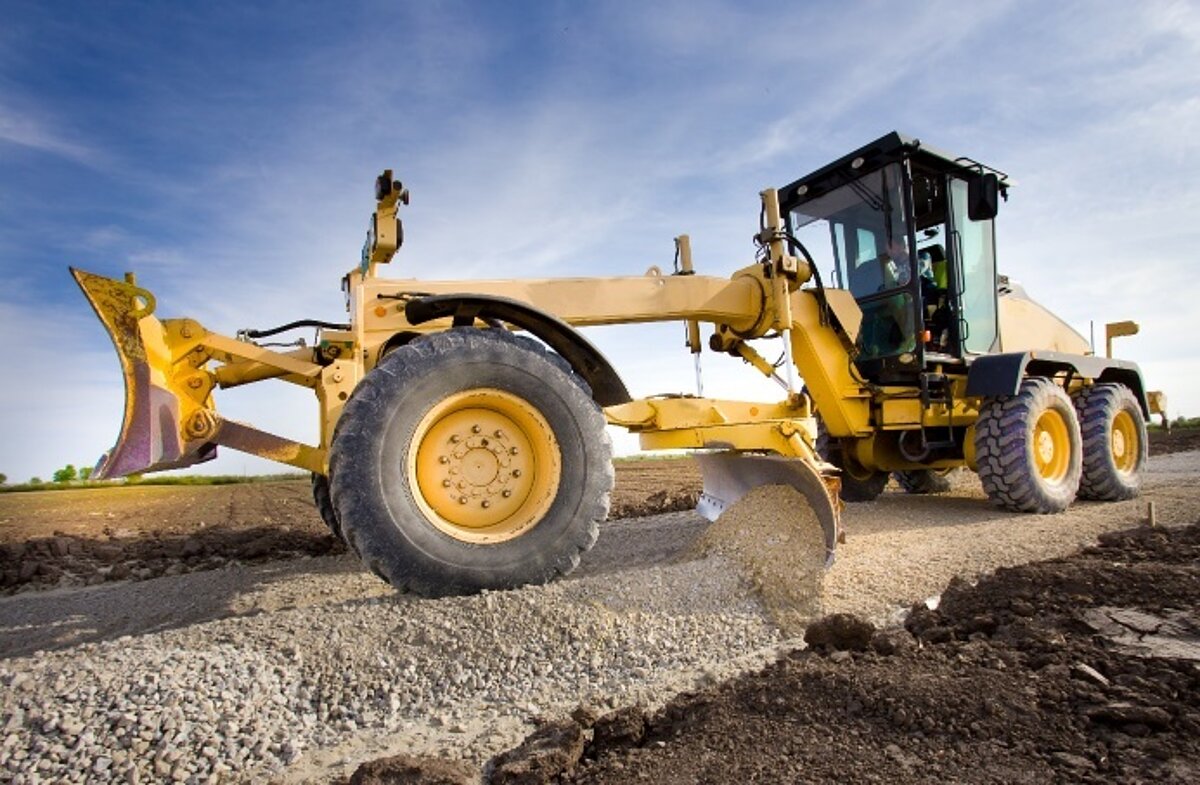FEM simulation: increase safety and save costs

Construction equipment cabs must provide adequate protection for the construction equipment operator in the event of a special event. The rollover protective structure, for example, prevents excessive deformation of the cab in the event of a rollover.
Elaborate tests are carried out to verify this scenario. Merkle & Partner shows how such tests can be carried out much faster and more cost-effectively using FEM simulation.
Rollover protection is used in construction equipment that is predominantly used in earthworks, as the risk of a "special event" is particularly high here. Normally, before a protective structure for driver's cabs is approved, its suitability is checked with the aid of a prototype and two defined tests. Both tests are very cost-intensive, because once they have been carried out, the cab including the rollover protection is no longer used. If a test is not passed, the cabin must be reinforced accordingly and tested again.
This is where simulation using an FEM model (finite element method) comes in. The results of the simulation are not only very accurate, they also show the weak points at the same time and thus help to optimize them in a targeted manner by quickly performing FEM variant calculations.
Another advantage of the simulations: the costs for the calculations are incurred only once compared to repeated testing. In addition, in the case of the construction machines, the weight of the cabin including the roll cage was greatly reduced from the FEM simulation data and the subsequent optimization. Another cost advantage in manufacturing.
"Our customers are often still surprised that there are hardly any differences between the test and the FEM simulation," says Stefan Merkle, managing director of Merkle & Partner GbR.
A ROPS test for cabin safety according to DIN ISO 3471, for example, checks the extent to which the cabin is stable in the event of an overturn. The protective structures must be designed in such a way that a defined survival space (deflection limiting volume) is maintained. In addition, a FOPS test (Falling Object Protective Structure) is used to check the extent to which the canopy is protected against falling objects. The latter is an extension of the rollover protection structure (ROPS), since additional frame and grating elements have to be inserted in the cabins.
Both testings could be simulated realistically using the FEM simulation. The data and knowledge gained from the FEM simulation meant that the cabs were designed to be only as stable as they really need to be. This in turn saves costs once again.
Merkle & Partner have been successfully carrying out such simulations for a wide range of industries for decades and can therefore respond precisely to individual customer requirements. No matter whether construction machinery, agricultural machinery or cabins for ropeways.


